The media has never understood, and fails to understand now, that GBE is just a transmission line without enough customers to make it feasible. GBE does not sell electricity, wind powered or otherwise. It is nothing more than a toll road. So when Invenergy and the media gush on about how much a transmission line will save consumers, it's complete and utter garbage. Without the wind farms built and in operation (and they're not, not even on any planning list) nobody knows how much the power would cost, it's nothing but a guess. As well, nobody knows how much the transmission line is going to cost consumers. The rates GBE will charge its VOLUNTARY customers are still to be negotiated. If the rates negotiated with customers who so far don't exist are high, so are the costs consumers will pay to use the transmission line. If the rates negotiated in the future are low, then costs consumers pay to use it will be low. GBE has NO IDEA how much it will charge its customers to use the transmission line in the future, but it's a given that GBE will try to charge the highest prices it can negotiate.
GBE only has ONE rate scheme. It has been authorized to negotiate with voluntary customers to sell service on an open-access transmission line under FERC rules. It has no state rate mechanism where it can add its costs to the rates captive electric customers pay. Saying that Grain Belt Express + some vague generation that doesn't exist will save the citizens of Missouri up to $50 per month on their electric bill is nothing more than a shell game. It's just guessing. GBE's "report" from a hired consultant is nothing more than speculative garbage. It tries to sound all scientific, but it actually says nothing more than... "We created an equation that produced this number. We can't let you see the actual equation, or the actual data we used, or the variables we tossed in, but just trust us on this one. Our answer is valid!"
Oh, please!
Unless, it's not an open-access merchant transmission line selling capacity at negotiated rates, but instead the GEN-TIE Beth Conley mentioned. A gen-tie would combine Invenergy's generation with Grain Belt Express and sell buyers generation delivered to eastern Kansas or Missouri, instead of just transmission service (plus a contract for generation that would have to be negotiated with a third party). That would look sort of like this statement:
The transmission line and associated wind generation (collectively referred to as “Grain Belt Express” or “Grain Belt”) are projected to create significant cost savings for electricity ratepayers in Kansas and Missouri.
And what happens if Invenergy dumps 2,500 MW of imported wind energy from Kansas (or other places, like Oklahoma - google "States Edge Wind") into Missouri's electric grid? That's 2,500 MW of electricity currently produced in Missouri that will be supplanted by a variable source produced in another state. That's more power than produced by Missouri's largest electric power plant -- no longer needed by Missourians to keep their lights on. Will Missouri's electric generators be closed, causing massive unemployment and loss of tax dollars for the communities where they are located? Did Invenergy figure that into it's phony equation? And how much harder will the surviving electric generators have to work to cycle up and down to support such a large variable resource to make sure the grid's delicate balance is maintained? Missouri needs to think long and hard about importing such a large amount of variable power, and sending its energy dollars to Kansas and Chicago. When power produced in Missouri is used in Missouri, the economic boost and energy dollars stay in Missouri. Supporting economic development in Kansas does NOT fix Missouri's economy! The nonsense Invenergy is spouting simply doesn't make sense.
And what about Illinois? Invenergy is pretending it ran into some sort of regulatory snafu there and that's what spurred this sudden change. There's absolutely no evidence that Invenergy ever applied for a permit in Illinois! And the one Clean Line obtained was cancelled by the ICC at the direction of the Appeals Court. Invenergy would have to start from scratch by filing a new application for a permit before it could run into any regulatory snafus. Invenergy's snafu seems to be of it's own creation by failing to actually file anything in the first place.
And speaking of regulatory filings and state permits... Invenergy informs that it's going to have to apply to both Kansas and Missouri to make changes to its current permits. What if one or both states require completely new applications for this completely new project? This isn't the Grain Belt Express approved by Kansas or Missouri. It's a completely NEW project that has simply appropriated GBE's name and a portion of its route. It's a completely new project for a completely new purpose owned by a completely new company. It deserves to be subject to a completely new state review. So much has changed that relying on existing information under the guise that this is still the same project is nothing less than lying by omission.
Way to win community support, Invenergy! Now people probably think Invenergy is an even bigger liar than Clean Line Energy Partners ever was. And the truth is still missing!
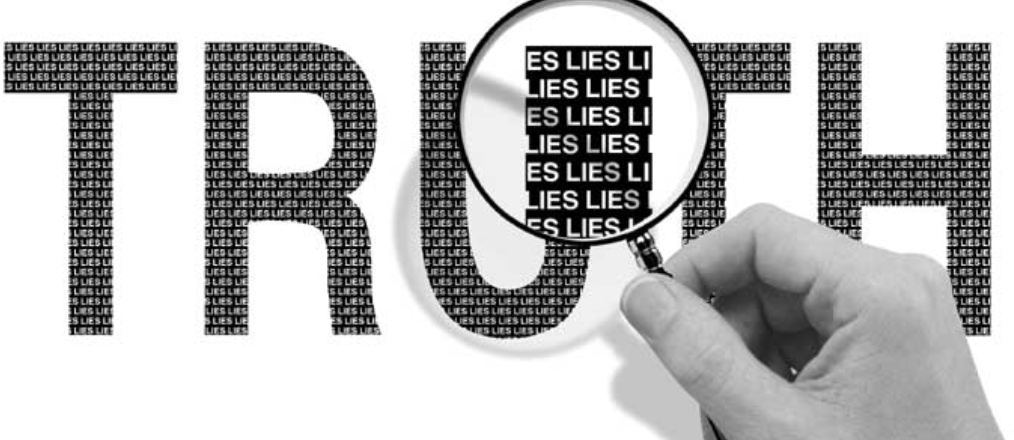


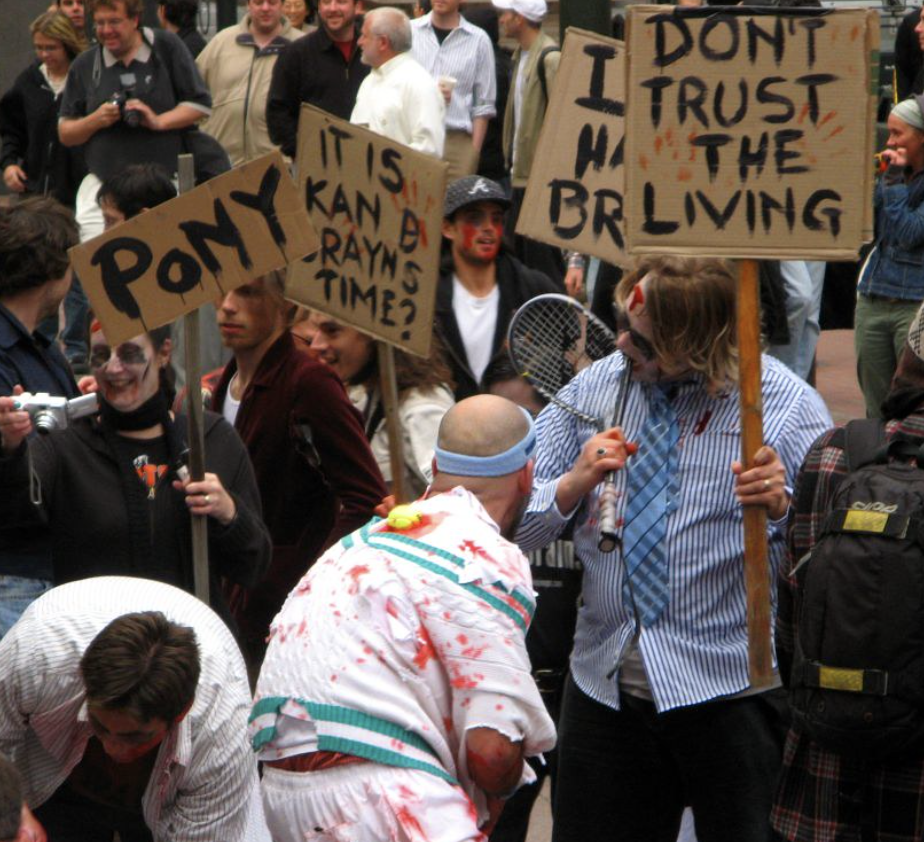
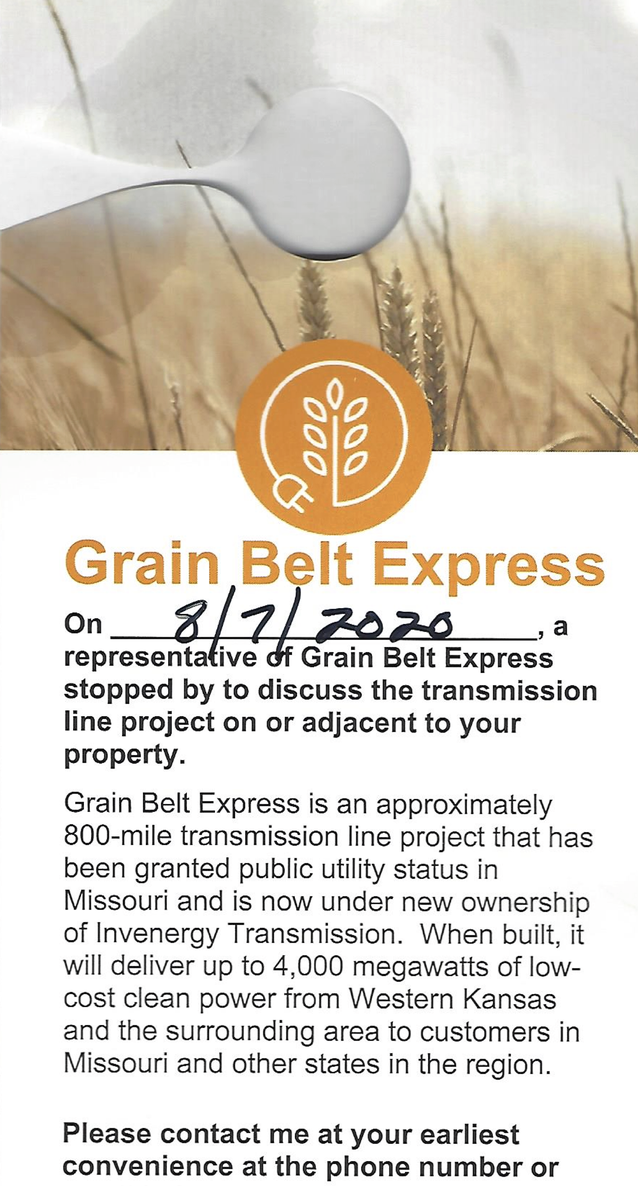
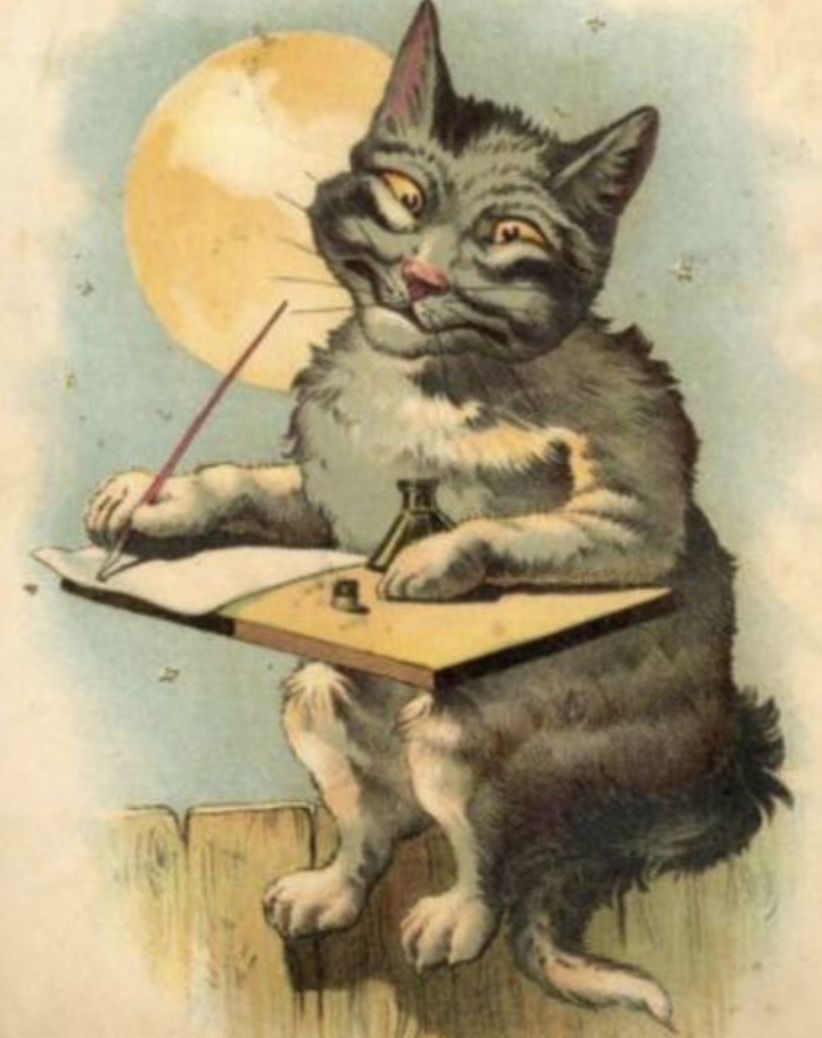
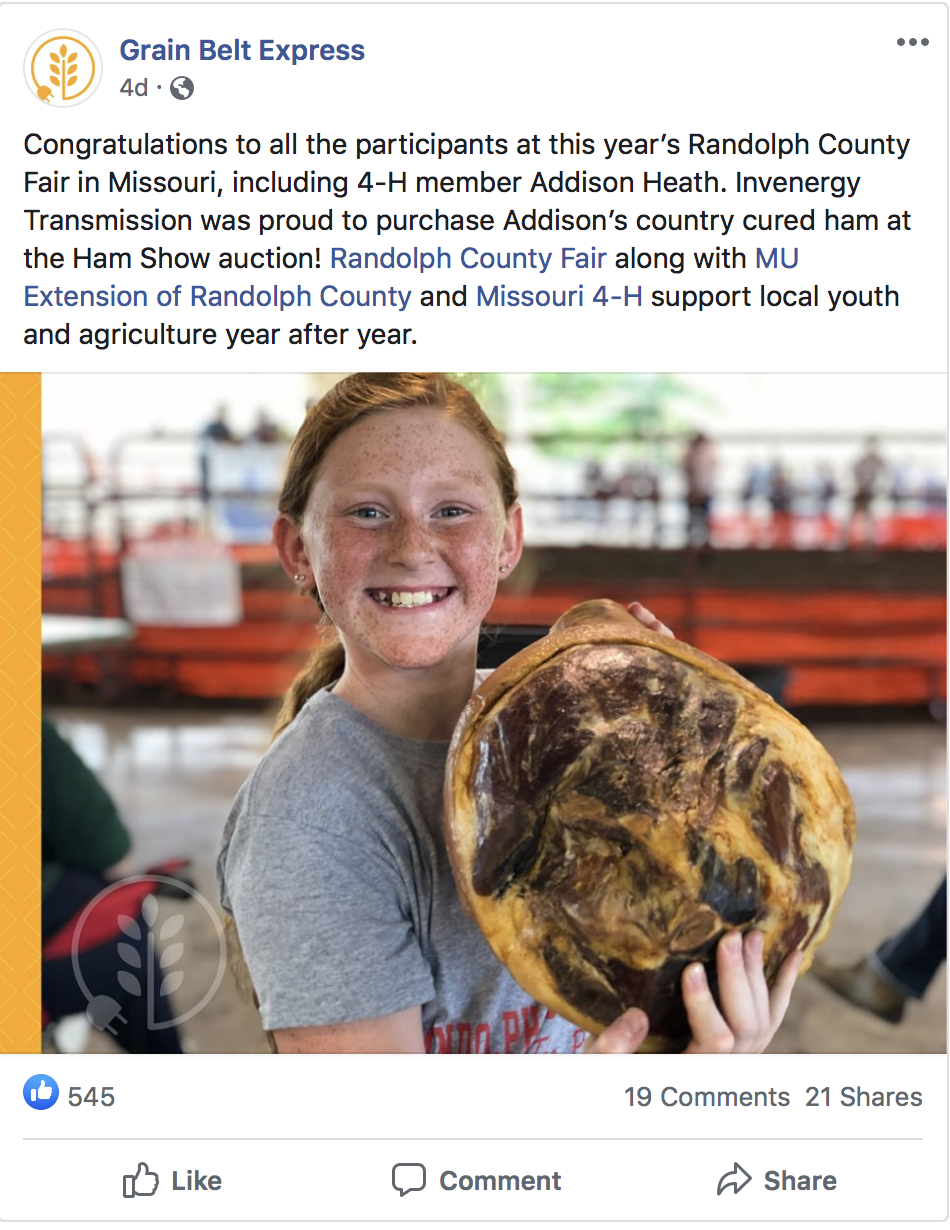
 RSS Feed
RSS Feed